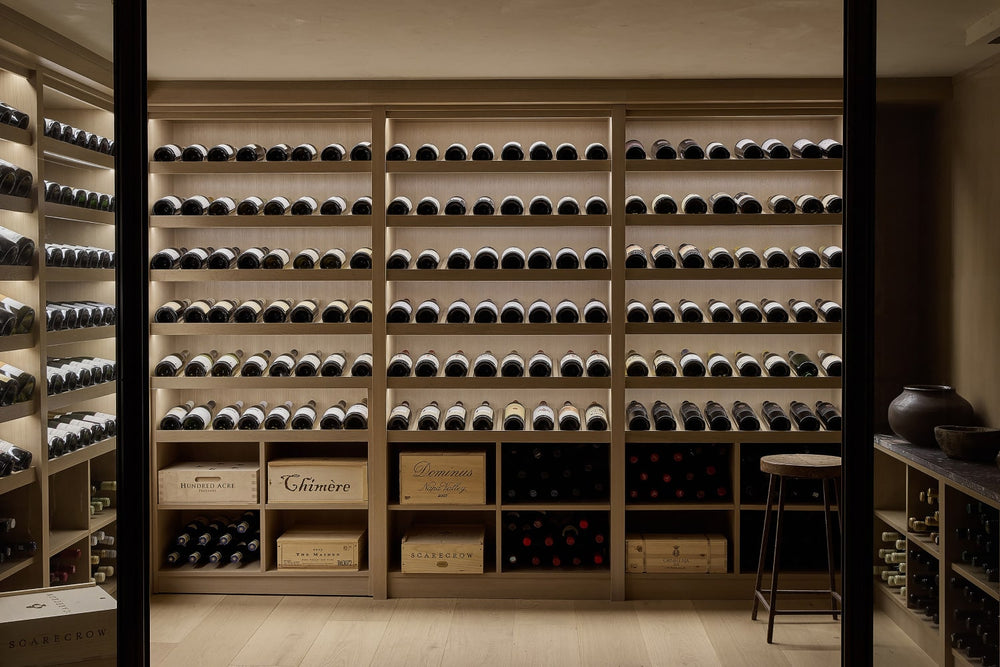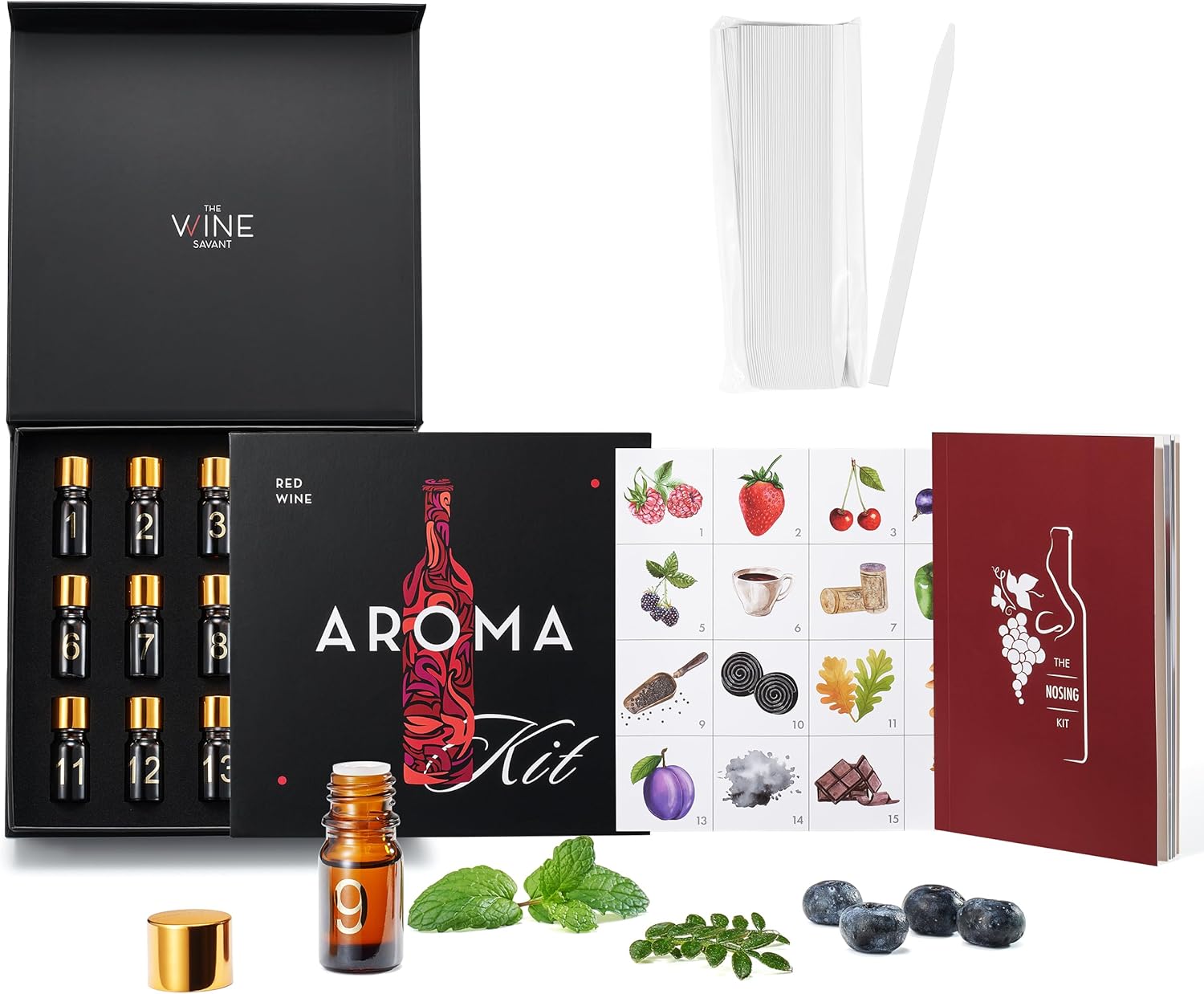The Ultimate Guide to Modular Wine Racks: Grow Your Collection with Style
It happens to every wine lover. It starts with one or two nice bottles on the kitchen counter. Then you join one of the best wine subscription boxes, and suddenly you have six new arrivals every month. You find a great deal on a case of your favorite Cabernet, one of the best affordable wines of 2025. Before you know it, that small collection has become a jumble of bottles in a cabinet, under the bed, or in a closet. As someone who’s personally faced this delightful dilemma, I discovered the perfect solution: the modular wine rack system. It’s the ultimate, future-proof answer for the evolving wine collector.
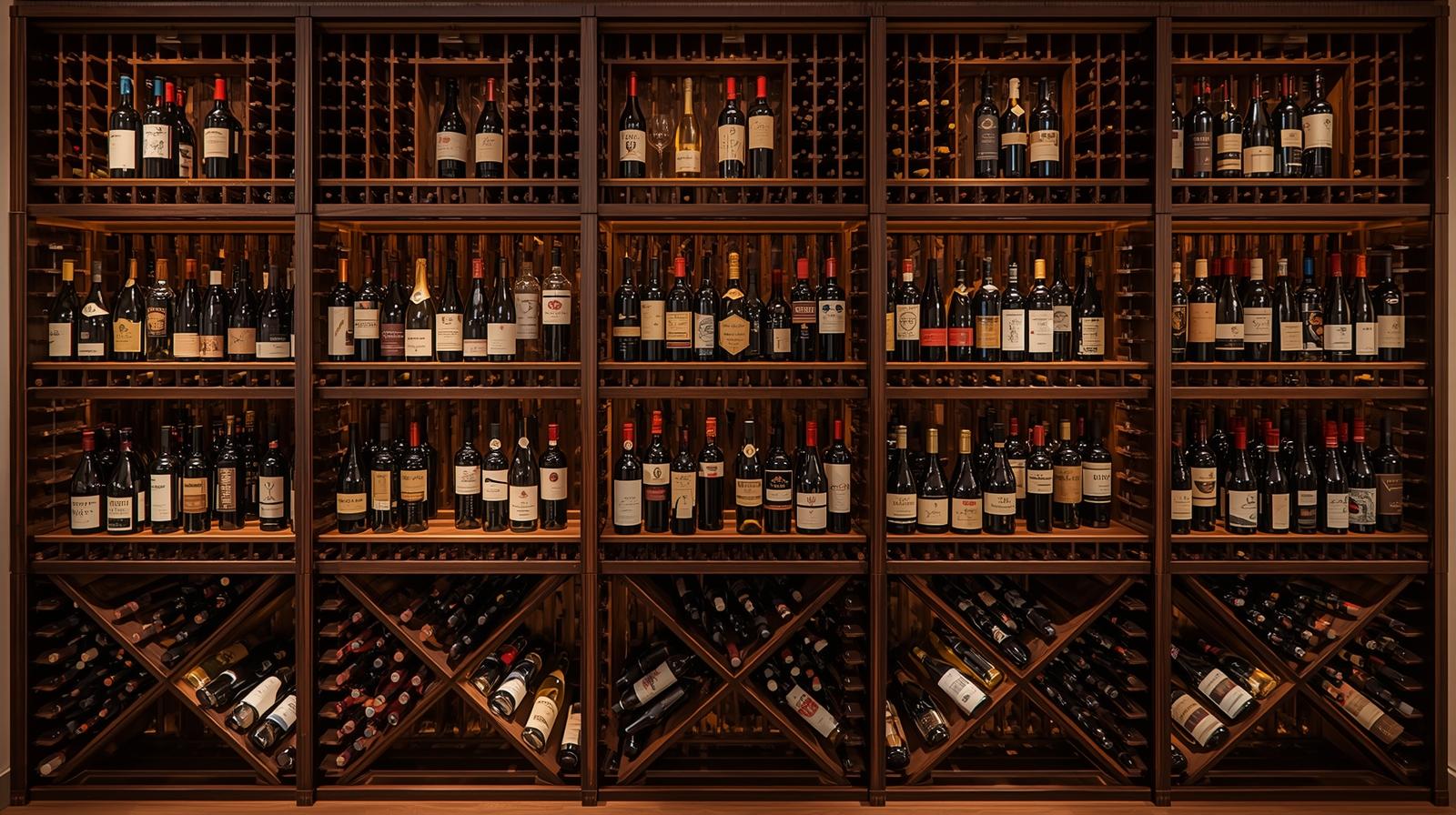
This isn’t just another article about wine storage. This is your definitive guide to understanding, choosing, and building the perfect modular wine rack system for your home, no matter how big or small your space or collection. We’ll explore materials, styles, top-rated products, and assembly tips to transform your scattered bottles into an organized, impressive display that can grow with you, one bottle at a time.
Affiliate Disclosure: This post contains affiliate links from Amazon. If you make a purchase through these links, we may earn a small commission at no extra cost to you. This helps support our mission to bring you the best wine advice. We only recommend products we genuinely believe in and that we’ve thoroughly researched for you. Cheers!
What is a Modular Wine Rack, Anyway?
At its core, a modular wine rack is a storage system built from individual components or “modules” that can be connected, stacked, or arranged in a multitude of configurations. Think of it like LEGOs for wine lovers. Unlike a traditional, fixed-size wine rack that holds a specific number of bottles (say, 24), a modular system is designed for flexibility and expansion.
You can start with a small setup for 12 bottles, and as your collection grows, you can purchase additional modules to expand it to 24, 48, 100, or even more, all while maintaining a cohesive look. This approach completely changes the game when it comes to how to store wine at home, offering a solution that is both practical and personalized.
The beauty of this system is its adaptability. Have a narrow vertical space? Stack your modules high. Got an awkward nook under the stairs? Arrange them to fit the space perfectly. This is a fundamental concept for anyone looking to create a proper storage environment, especially if you’re exploring how to store wine without a wine fridge, as it allows you to utilize the coolest, darkest parts of your home, regardless of their shape.
Core Benefits of a Modular System:
If you’re wondering whether a modular rack is right for you, here are the key advantages that set them apart from traditional, one-piece racks:
- Scalability: The most significant benefit. Your rack grows with your collection, so you never have to buy a whole new system.
- Customization: Fit your rack to your unique space—tall and narrow, short and wide, L-shaped, or stepped. The possibilities are nearly endless.
- Portability: Moving houses? A modular rack can be disassembled and reconfigured in your new home, protecting your investment.
- Budget-Friendly: You can start small with a minimal investment and add more modules as your budget and collection allow.
A Buyer’s Guide: How to Choose the Perfect Modular Wine Rack
Choosing the right modular system can feel overwhelming with all the options available. Let’s break it down into the three most important considerations: Material, Style, and Capacity Planning. Getting these right is key to building a storage solution you’ll love for years.
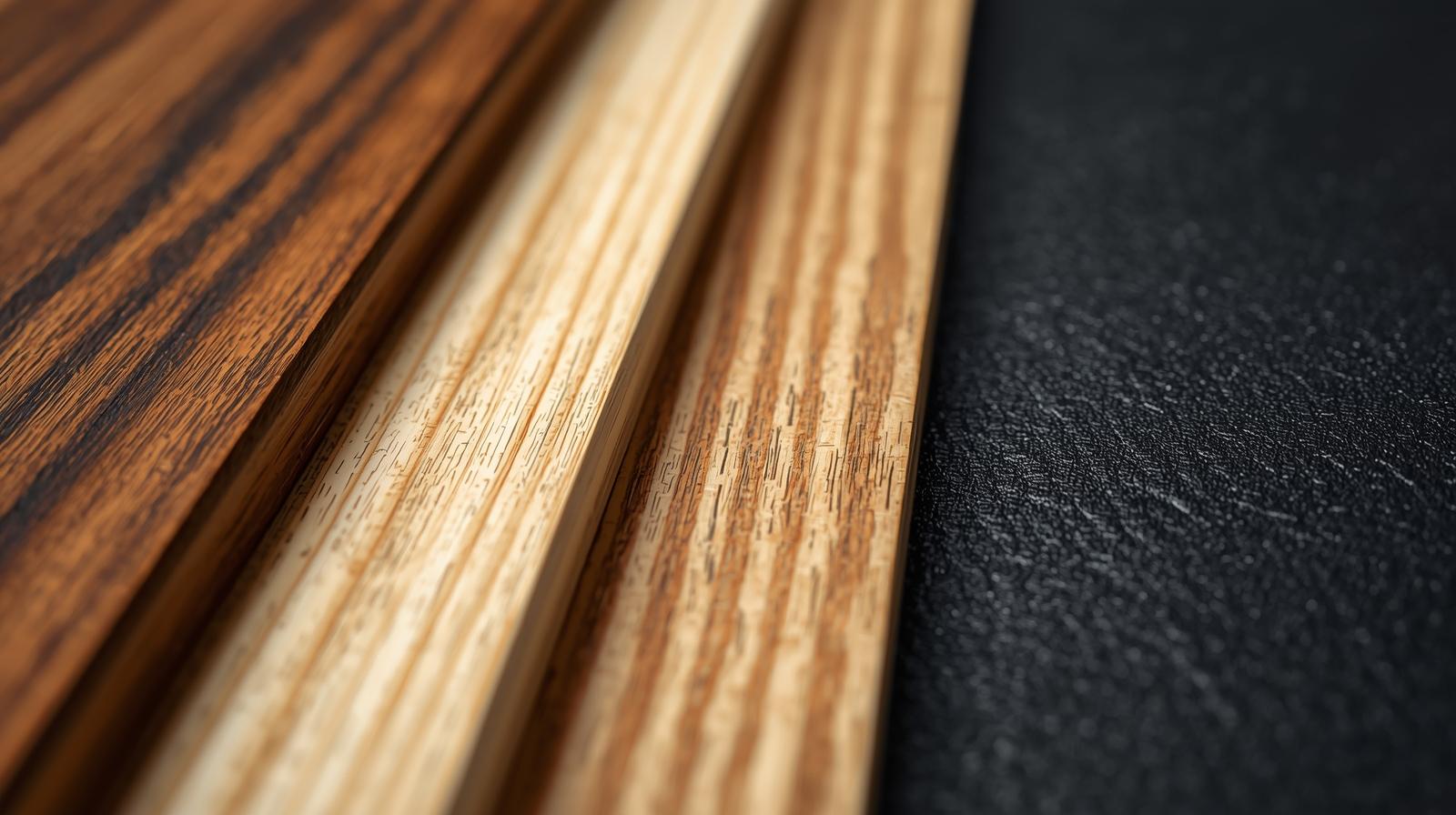
1. Material Matters: Wood vs. Metal vs. Plastic
The material of your wine rack impacts its durability, aesthetic, and price. There’s no single “best” material; the right choice depends on your needs and personal style.
Wood: The Classic Choice
Wood is the traditional material for wine cellars and for good reason. It’s strong, attractive, and has a timeless appeal. Different woods offer different benefits:
- Pine: An affordable and popular choice. It’s lightweight yet sturdy enough for most collections. Unfinished pine can be stained or painted to match your decor, offering great customization.
- Redwood: A premium option known for its natural resistance to humidity and rot, making it ideal for basements or more humid environments. It has a beautiful, rich color that deepens over time.
- Mahogany: Another high-end choice, prized for its exceptional durability, strength, and stunning grain. It’s a true furniture-grade wood for a showpiece collection.
Best for: Wine lovers who want a classic, warm aesthetic and the option to stain or paint. Wood is the foundation of many dream wine cellar essentials.
Metal: Sleek and Modern
Metal racks offer a contemporary, often minimalist, look. They are incredibly durable and can be designed to be very space-efficient.
- Wrought Iron/Steel: Extremely strong and durable. Metal racks often have a more open design, which can be great for airflow but offers less protection from light. They are perfect for a modern kitchen, pantry, or a climate-controlled cellar.
- Wall-Mounted Pegs: A hyper-modern style where individual metal pegs are drilled into a wall to hold bottles horizontally, creating a “floating” look. This is highly customizable but requires a more permanent installation.
Best for: Those with a modern or industrial decor style who value durability and space efficiency.
Plastic & Acrylic: The Practical Solution
Don’t discount plastic. Modern high-density plastics and clear acrylics offer unique advantages.
- Acrylic: Creates a stunning, ultra-modern “floating” look, making the bottles themselves the centerpiece. It’s surprisingly strong and won’t scratch bottles.
- ABS Plastic: Often used in interlocking cube or honeycomb designs. It’s lightweight, easy to clean, impervious to moisture, and often the most budget-friendly option for starting a collection.
Best for: Budget-conscious beginners, use in humid basements where wood might warp, or for a super-contemporary aesthetic.
| Material | Pros | Cons | Best For |
|---|---|---|---|
| Wood (Pine) | Affordable, customizable (can be stained), classic look | Softer wood, can dent more easily | DIY enthusiasts, classic decor |
| Wood (Redwood) | Humidity/rot resistant, beautiful color, durable | More expensive | Basements, serious collectors |
| Metal | Very durable, space-efficient, modern aesthetic | Can be heavy, less traditional look | Modern homes, industrial style |
| Plastic/Acrylic | Budget-friendly, lightweight, moisture-proof | Can look less premium, potential for scratching (acrylic) | Beginners, damp environments |
2. Style & Design: Finding Your Form
Beyond material, the form factor of the modular system is key. Where and how will you display your wine?
- Stackable Cubes/Boxes: These are incredibly versatile. Use one on a countertop, stack two in a pantry, or create an entire wall of them. They often interlock for stability.
- Interlocking Racks: These systems often consist of individual cradles or frames that clip or slide together, allowing you to build the rack out both vertically and horizontally.
- Floor-to-Ceiling Kits: For the serious collector, these kits come with vertical posts and horizontal bottle supports that can be configured to fill an entire wall, creating the look of a custom-built cellar.
- Wall-Mounted Systems: Perfect for saving floor space. These can range from modern metal peg systems to wooden lattice racks that can be expanded over a wall.
3. Capacity & Planning: Measure Twice, Build Once
Before you click “buy,” take a moment to plan.
- Count Your Bottles: Do a quick inventory of your current collection.
- Project Your Growth: Be honest. Do you buy a few bottles a month? A case every quarter? Plan to have at least 50% more space than you currently need. It’s better to have empty slots than a pile of bottles on the floor.
- Measure Your Space: Get out the tape measure. Note the height, width, and depth of the closet, nook, or wall you’re dedicating to your wine. Pay attention to baseboards, light switches, and door swings.
Planning ahead ensures your chosen system will not only fit today but will have room to expand as your passion for wine continues to grow. Remember, a great rack can be a fantastic and practical gift, making it a top contender for our list of wine gift ideas for her or any wine enthusiast.
Top Modular Wine Rack Systems on Amazon: Our Expert Picks
We’ve researched dozens of options to find the best modular systems that offer a great balance of quality, flexibility, and value. Here are our top picks for every type of collector.
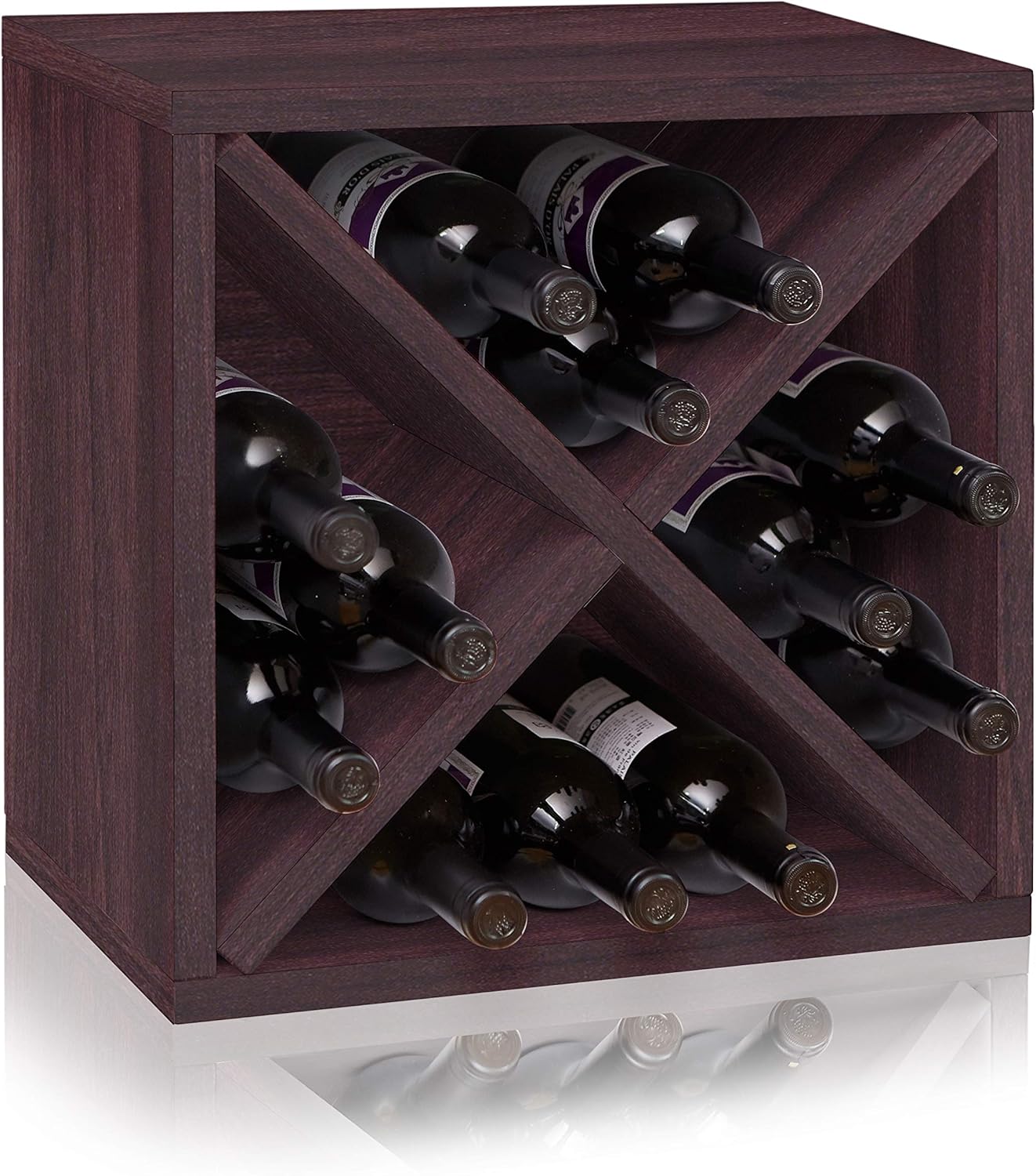
Best Overall: Stackable Modular Wine Rack by Way Basics
(Eco-Friendly zBoard)
This is the definition of modular. These simple, cube-based units are made from a strong, eco-friendly recycled paperboard that is moisture-resistant. They are incredibly easy to assemble (no tools needed!) and can be stacked in any configuration. Start with a 12-bottle set and expand infinitely.
Check Price on Amazon
For the Serious Collector: Wine Racks America Pine 4 Column Kit
If you’re building a true home cellar, this is your starting point. Made in the USA from premium pine, this kit is the real deal. It’s designed to be a component of a larger system, allowing you to add more columns, archways, and diamond bins over time to create a fully custom cellar wall. It requires more assembly but the result is professional-grade.
Check Price on Amazon
Best Modern Design: Sorbus Freestanding Wine Rack
This geometric honeycomb rack is a work of art. Each hexagonal unit holds one bottle and can be stacked or arranged to create a striking visual centerpiece on a countertop or buffet table. While less suited for a massive collection, it’s perfect for the design-conscious collector with up to 20-30 bottles. The metal construction is sleek and sturdy.
Check Price on Amazon
Best Budget/Pantry Option: mDesign Plastic Stackable Wine Holders
For a purely functional, clean, and affordable solution, these clear plastic holders are fantastic. They are designed for use inside pantries, cabinets, or even refrigerators. You can stack them securely to build a stable pyramid of wine. They are perfect for organizing a small space on a tight budget and are impervious to moisture.
Check Price on AmazonAssembly & Installation: Tips for a Perfect Build
Your new rack has arrived! Here are a few pro tips to ensure a smooth, frustration-free setup.
- Read the Instructions First: I know, I know. But seriously, take five minutes to read through the entire manual before you start. It can save you from having to disassemble and restart.
- Use a Rubber Mallet: For wooden racks that use dowels and pins, a rubber mallet is your best friend. It allows you to tap pieces together securely without denting or damaging the wood.
- Build on a Level Surface: Assemble your rack on a flat, level floor. This ensures it will be square and stable once it’s finished.
- Don’t Fully Tighten Screws Immediately: If using screws, keep them slightly loose until all the pieces are connected. Then go back and tighten everything down. This gives you some wiggle room for alignment.
- Anchor to a Wall: This is CRITICAL for tall racks. Any rack that is taller than it is wide should be anchored to the wall to prevent tipping, especially in homes with children or pets. Most kits come with a simple safety strap. Use it!
Once built, you’ll have the perfect home for your wine, whether it’s a collection of delicate organic and natural wines or robust Cabernet Sauvignons that you’ll eventually enjoy with the best wine glasses for red wine.
Frequently Asked Questions (FAQ)
Are modular wine racks sturdy enough for a large collection?
Absolutely, provided you choose a quality system and assemble it correctly. High-end wood and metal systems are designed to hold hundreds of pounds. The key is proper assembly and, for any tall configuration, anchoring the unit to a wall for anti-tip safety.
Do I need tools to assemble a modular rack?
It depends on the system. Some, like the Way Basics cubes, are designed to be tool-free. Most wooden kits will require a rubber mallet and possibly a Phillips head screwdriver. Metal systems might require a small wrench or Allen key, which is usually included.
Can I mix and match modules from different brands?
Generally, no. Most modular systems use proprietary connectors and have slightly different dimensions. It’s best to stick with one brand and system to ensure a secure fit and a cohesive look as you expand.
How much space should I leave around the wine rack?
Good question! While you want a snug fit in a nook, it’s wise to leave an inch or two of space at the back and sides for air circulation. Good airflow helps maintain a consistent temperature around all the bottles, which is a key principle of good storage.
What if I don’t know the first thing about wine terms?
No problem at all! Building a collection is a journey. As you learn more, you might find our wine glossary for beginners a helpful companion to understand terms like “tannins,” “body,” and “finish.”
Conclusion: The Smart Solution for Every Collector
A wine collection is a living, evolving thing. It reflects your travels, celebrations, and discoveries. The way you store it should be just as dynamic. A modular wine rack system is more than just furniture; it’s a long-term investment in your passion. It frees you from the constraints of a fixed-size rack and provides a scalable, customizable, and often beautiful solution that adapts to your life.
By choosing the right material and style for your space and planning for the future, you can build a perfect home for your bottles—a system that protects your wine while showcasing your journey as a collector. So go ahead, embrace the flexibility, and start building the wine rack of your dreams, one module at a time. Cheers!















